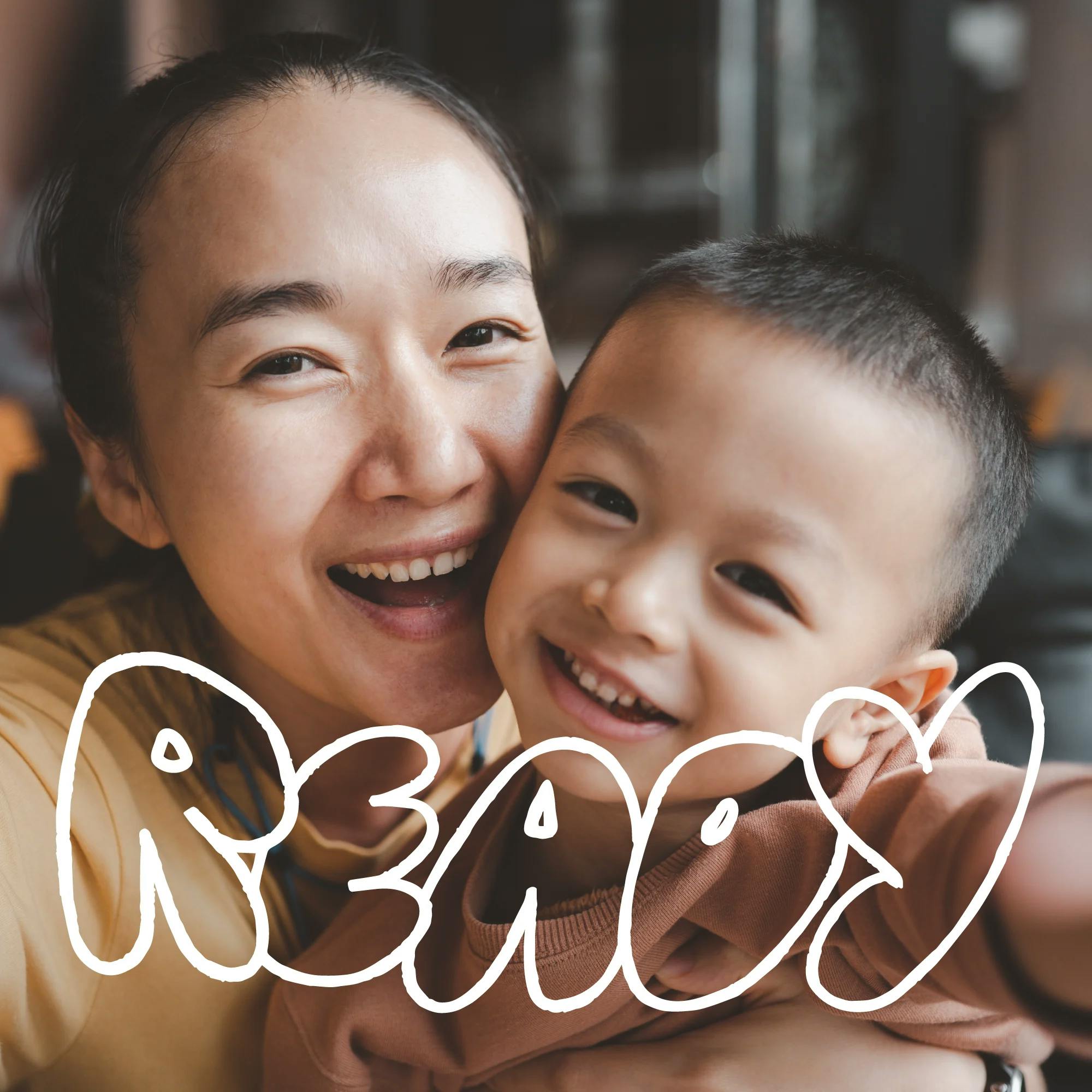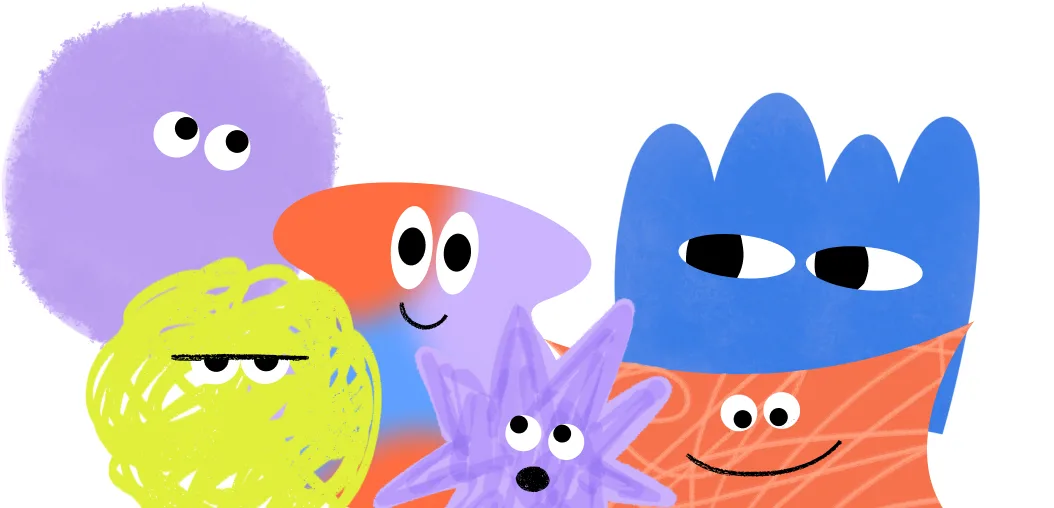If you’re considering speech therapy for your 3-year-old, or you’ve been told they need speech therapy, it’s normal to have some questions. What will sessions look like? Will my toddler pay attention? Here’s everything you need to know about speech therapy for 3-year-olds.
What do 3-year-olds receive speech therapy for?
Speech therapy treats a range of issues in people of all ages. But for 3-year-olds, there are a couple main reasons they may receive services.
1 Language disorders
Language disorders refer to receptive language–the words a child is able to understand–and expressive language, which is the words, grammar, and even nonverbal communication a child is able to use to communicate what they need.
If your child doesn’t seem to understand vocabulary, or if they struggle with concepts such as following directions or identifying items, they may have a receptive language delay and need speech therapy.
Children can also have an expressive language delay. This means they have difficulty with using words, phrases, and sentences to clearly express their wants and needs. If a 3-year-old isn’t speaking yet, or isn’t speaking as maturely as they should be, they may begin speech therapy to help them improve.
Is your child on track?
Take our free screener to learn more about your child's development and whether a speech evaluation is recommended.
 Screener for children
Screener for children2 Speech sound disorders
Articulation treatment for speech sound disorders is another reason 3-year-olds may receive speech therapy. It’s normal for toddlers to have some errors as they try to produce all the sounds in their spoken language. However, as a child grows, they should be able to pronounce more and more sounds correctly. If they have too many speech errors, they may need speech therapy to help their speech sound clearer and easier to understand.
How do you know if your 3-year-old needs speech therapy?
The best way to know if your child should have a speech and language evaluation is to look at the milestones children should reach during their third year. If your child isn’t gaining these abilities at the age of 3, this may be a sign they need speech therapy.
Receptive and expressive language milestones for 3-year-olds:
Understands some names of colors
Understands some names of shapes
Understands some words for family members, such as “brother” and “grandpa”
Uses pronouns such as “I,” “me, “we, and “they”
Talks about what happened in their day
Can participate in a back-and-forth conversation
Uses at least 4 words together in sentences
Can state their first name
Articulation milestones for 3-year-olds:
3-year-olds should be able to produce the following sounds in their everyday speech: /b/, /n/, /m/, /p/, /h/, /w/, /d/, /g/, /k/, /f/, “ng,” and “y”
A 3-year-old’s speech should be understood by familiar listeners--people who hear their speech often--around 75% of the time


How to find a speech therapist and get an evaluation
How can you find a speech therapist for your 3-year-old? Just like you’d research a new doctor before making an appointment, you should do the same for your child’s speech therapist. It’s always helpful to start by asking friends or acquaintances whose children have had speech therapy if they’d recommend their experience.
If you have health insurance, contact your plan to better understand their policies and coverage for speech therapy. Your health plan may have a list of in-network speech therapy providers that you can research.
Just like you’d research a new doctor before making an appointment, you should do the same for your child’s speech therapist.
You can also speak with your child’s pediatrician. They likely have a list of local speech therapy providers that they recommend. And you may need a pediatrician referral in order to be reimbursed for speech therapy by your health insurance.
Finally, there are several online directories where you can search speech therapists by location and qualifications. One of these directories is compiled by the American Speech-Language-Hearing Association, which is the professional credentialing organization for speech-language pathologists.
No matter which route you take to finding a speech therapist for an evaluation, make sure to look for online reviews of the therapist! And remember, you are in the driver's seat when it comes to the final choice. It should be someone who is licensed and experienced, who works with young children, and who connects well with your child.

What does speech therapy for a 3-year-old look like?
Toddlers learn language skills through play-based activities. While we often think of play as taking a break from work, it’s quite the opposite for kids. Play is how children learn and explore the world around them.
That’s why speech therapy for a 3-year-old looks a lot like playing. Speech therapists use toys and activities that will motivate a child to participate in speech therapy tasks. For example, the therapist may encourage a child to use a word or phrase to request a toy they want. Or the therapist may have the child say a certain number of practice sounds before taking a turn in a game.
Your child’s speech therapist should learn what your child really enjoys, then combine therapy practice with those toys, games, or activities.

What if my child doesn’t pay attention during speech therapy?
Parents often worry that their child might have difficulty paying attention during speech therapy sessions. With toddlers, the most successful speech therapy approach is to involve the parent or caregiver. Your attendance at your child’s sessions can make a big difference, and your speech therapist should teach you strategies to keep promoting language skills at home.
Keep in mind that regardless of where speech therapy is delivered–whether it’s online or in-person–it may be the first time your child is in a structured learning environment. This adjustment can take time, and it’s normal for some initial pushback. After a few sessions, children often start building a rapport and relationship with their therapist, which motivates them to stay engaged.
How long does speech therapy last?
One question families ask frequently is “How long does speech therapy take?” It would be ideal if there was just one answer, but the length of speech therapy is different for each unique person.
However, there are a few things that help determine how long therapy takes. One is the child’s age. The sooner a child begins speech therapy, the sooner they begin making progress. This also decreases the risk that they will fall further behind. So if your child is recommended for speech therapy at age 3, it’s best to go ahead and start at that time.
Your child’s diagnosis also affects the length of speech therapy. Sometimes children with a developmental delay catch up quickly with the right support and intervention. With more involved diagnoses that involve neurological complications or congenital disorders, therapy may take longer.
The importance of caregiver involvement in speech therapy
As your child’s caregiver, you have an important role to play here. The more you help your child practice the new skills they’re learning, the more quickly they’ll progress! While speech therapy sessions are an essential part of your child’s improvement, so is the practice that happens at home, between sessions. Continuing to work on your child’s goals throughout the week helps reinforce what was learned in therapy, and it sets your kiddo up for more success at their next session.
Best of all, you don’t need any special training, materials, or expertise. When it comes to speech and language, the world is your classroom. You can easily help your child practice during everyday activities and the time you already spend together.
You’re doing the right thing in learning how to support your child’s communication needs. No matter where you are in the speech therapy journey, your speech therapist is there to walk alongside you and your child. Trust your instincts, and know that you are never alone in this process!


Frequently asked questions
1. Should I worry if my 3-year-old isn’t talking?
At 3 years old, children are typically able to speak in 4-word sentences and participate in a back-and-forth conversation. If you’re concerned that your child isn’t talking much, schedule an evaluation with a licensed speech therapist at Expressable. We’d be happy to discuss your concerns and recommend next steps.
2. How do I know if my preschooler needs speech therapy?
The best way to know if your child should have a speech evaluation is to look at the milestones that children typically reach at their age. If your child isn’t gaining those abilities, it may mean they need speech therapy. You can also take our free online screener and answer questions tailored to your child’s age.
3. What does a 3-year–old do in speech therapy?
Speech therapy for young kids is play-based, fun, and interactive. Your speech therapist should learn what your child really enjoys, then combine therapy practice with those toys, games, or activities.
4. What if my child won’t sit still for speech therapy?
Parents often worry that their child might have a tough time paying attention during sessions. But we’d ever expect a young child to sit and stare at a screen for 30 minutes. That’s why parent involvement is so important. Speech therapy for toddlers works best when a parent or caregiver attends sessions. That way, your speech therapist can teach you strategies to keep promoting language skills at home.
How Expressable Can Help
Concerned your child isn't reaching age-expected milestones? Looking for communication support from a professional? Expressable is a national online speech therapy practice serving children and adults. We treat all major areas of communication and feeding, offer flexible hours including evenings and weekends, and accept most major health insurance plans. We’re proud to have earned more than 3,000 5-star reviews from our clients (4.9/5 average).
Our therapy model is centered on parent and caregiver involvement. Research proves that empowering caregivers to participate in their loved one’s therapy leads to better outcomes. That’s why we combine live, 1-on-1 speech therapy with personalized education and home practice activities for faster progress.
Communication is more than words. It’s how we share how we feel and show who we are. We’re here to help you or your child do just that.

 Abby Barnes, M.S., CCC-SLP
Abby Barnes, M.S., CCC-SLP











